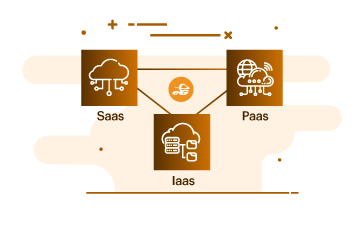PaaS (Platform as a Service)
What is PaaS (Platform-as-a-Service)?
Platform-as-a-Service (PaaS) provides a framework for application creation and deployment. The technical stack required for application development is available on the cloud, which requires no download or local installation.
With PaaS, developers can focus on building their applications without having to worry about operating systems, software updates, storage, or infrastructure. You get a “platform” with built-in software components for both hardware and software such as runtime libraries, tools, applications, email and HTTP servers. This enables developers to rapidly develop, run, and manage their own apps without having to build and maintain the infrastructure or platform usually associated with the process.
PaaS applications are scalable and highly available as they take on certain cloud characteristics. Popular PaaS services include AWS Elastic Beanstalk, Engine Yard, Red Hat OpenShift, Google App Engine, Heroku, Appfog and Azure App Service.
How does PaaS work?
Platform-as-a-Service works by allowing software developers to outsource the hardware and software needed to develop and manage a mobile application to a third-party service provider. The developer keeps control of the application and data, while the service provider takes care of everything else.
For those wondering, “What is PaaS?” and curious about where it fits in when it comes to service models, it represents the middle ground. In other words, it fits right between Infrastructure-as-a-Service, in which maintenance is split evenly between the business and service provider, and Software-as-a-Service, in which the service provider covers everything.
What are the benefits of PaaS?
PaaS is beneficial if you need to create and deploy applications quickly or if you need to streamline workflows when multiple developers are working on the same development project.
PaaS offers you a set of predefined and ready-to-use building blocks for composable applications such as middleware, application servers, and development tools. This has some distinct advantages:
Platform-as-a-Service use cases
How does PaaS work to bring value to developers and businesses? These PaaS use cases demonstrate that it does so in a variety of ways:
The concepts’ most popular use cases truly showcase what PaaS is and what it is capable of.


